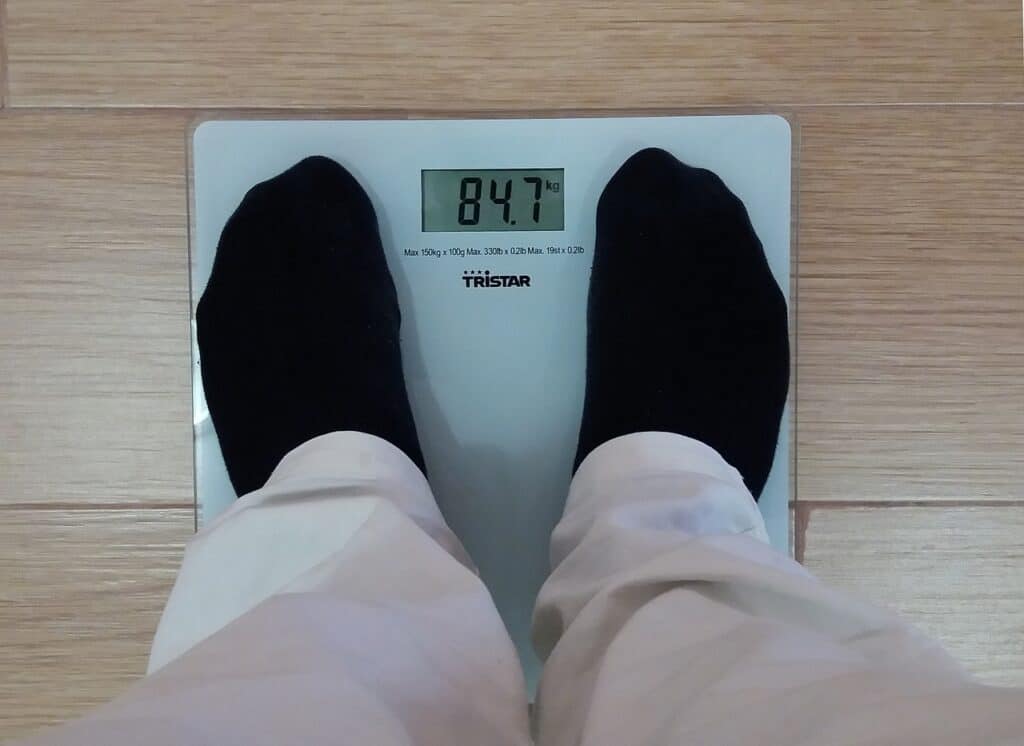Nowadays, many worries about cancer is a side effect of almost anything, whether from certain foods, too much sunlight, different medications, some lotions, and soaps. However, what if there was a way you could change a few things up to help prevent your chance of getting cancer later in life? It may not guarantee it, but some methods can help lower your risk of getting cancer, and isn’t that at least helpful enough? So why not at least try to help yourself out by switching to a healthier lifestyle?
That lifestyle starts with your diet. By changing your diet up, you will help reduce the risk of cancer. In this article, we give tips on helping make healthier choices in your daily life in hopes that it will help lower your risk later in life. It’s pretty simple, and why wouldn’t you want to help you and your family out by making a few easy changes in your diet? Not only will it help lower the risks of cancer, but it can also help you to become healthier in life overall, which sounds like a win-win!

30. Manage your weight — it is the first step to being healthier and preventing cancer.
Did you know that obesity has been linked to 13 types of cancer? That is one of many reasons you should want to avoid becoming overweight. By maintaining a healthy weight, you lessen your chances of getting cancer and not only that, but you also are making it easier for your body to work. Your heart doesn’t have to pump as hard. Your lungs don’t have to work as hard either. It’s also better for your joints. You also have a high risk of developing diabetes when you are overweight too.

To start by avoiding cancer, you want to watch your weight and try not to become too overweight. Some people have a more challenging time with weight, especially with certain health conditions, but when you can, make a change. Your body will be thanking you, and the rest of your family will be, too. It all starts by making healthier choices at the grocery store. Avoid certain foods, and try not to eat out as much. Home-cooked meals are much better for you, and they can be made just the way you like them.
